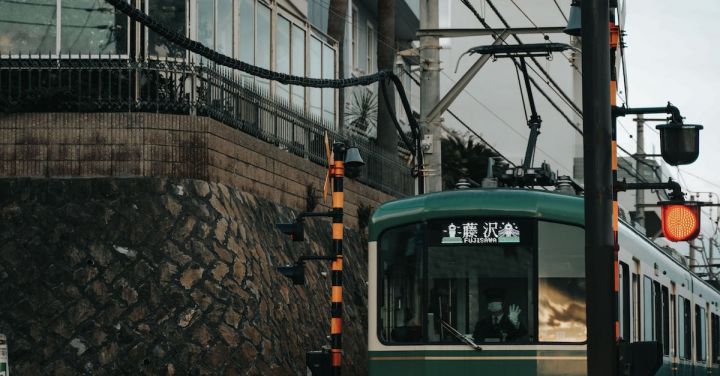Train travel has long been a popular and efficient mode of transportation. However, ensuring the safety of passengers and preventing accidents is of paramount importance. This is where signaling systems come into play. Signaling systems are an integral part of the railway infrastructure, providing crucial information to train operators and ensuring the safe and efficient movement of trains. In this article, we will delve into the importance of signaling systems and how they contribute to safe train journeys.
Signaling systems serve as a communication network between trains, stations, and control centers. They provide real-time information on track conditions, train positions, and speed limits, allowing train operators to make informed decisions. By constantly monitoring train movements, signaling systems can detect potential conflicts, such as two trains on the same track, and alert the operators to take necessary action. This proactive approach helps prevent accidents and ensures the smooth flow of train traffic.
One of the key components of signaling systems is the use of track circuits. These are electrical circuits installed alongside the railway tracks that detect the presence of trains. When a train passes over a track circuit, it completes the circuit, signaling its presence to the control center. This information is then used to update the train’s position and adjust the signaling accordingly. By accurately tracking train movements, track circuits play a crucial role in maintaining safe distances between trains and preventing collisions.
In addition to track circuits, signaling systems also utilize various signaling devices, such as signals and points. Signals are visual indicators that convey information to train operators. They indicate whether it is safe for a train to proceed, stop, or change tracks. Points, on the other hand, are mechanical devices that allow trains to switch from one track to another. Proper functioning of these devices is essential for safe train operations.
Modern signaling systems have evolved significantly with the advent of technology. Computer-based signaling systems, known as centralized traffic control (CTC) systems, have replaced traditional mechanical systems in many parts of the world. CTC systems use computers and communication networks to control train movements. They provide real-time information to train operators, enabling them to monitor and control train traffic more effectively.
In addition to enhancing safety, signaling systems also contribute to the overall efficiency of train operations. By allowing for precise scheduling and coordination of trains, they minimize delays and optimize train frequencies. This not only improves the passenger experience but also reduces operating costs for railway companies.
However, despite the advancements in signaling technology, human error remains a significant factor in train accidents. It is crucial for train operators to be properly trained and vigilant in following the signals and instructions provided by the signaling systems. Regular maintenance and inspections of signaling equipment are also essential to ensure their reliability.
In conclusion, signaling systems play a vital role in ensuring safe train journeys. By providing real-time information and facilitating communication between trains and control centers, they help prevent accidents and maintain efficient train operations. From track circuits to computer-based systems, signaling technology continues to evolve, making train travel safer and more reliable. However, it is important to remember that signaling systems are only effective when coupled with proper training and maintenance. So the next time you embark on a train journey, take a moment to appreciate the behind-the-scenes work of signaling systems that keep you safe.
